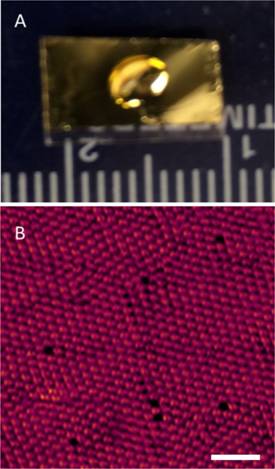Reports: ND554200-ND5: Advancing Radioactive Material Design by Understanding Nanoscale Nuclear Decay Effects in 2-D Films
E. Charles H. Sykes, Tufts University



E. Charles H. Sykes, Tufts University



Reports in the ACS PRF Annual Report are published as submitted by the Principal Investigator.
Copyright © American Chemical Society